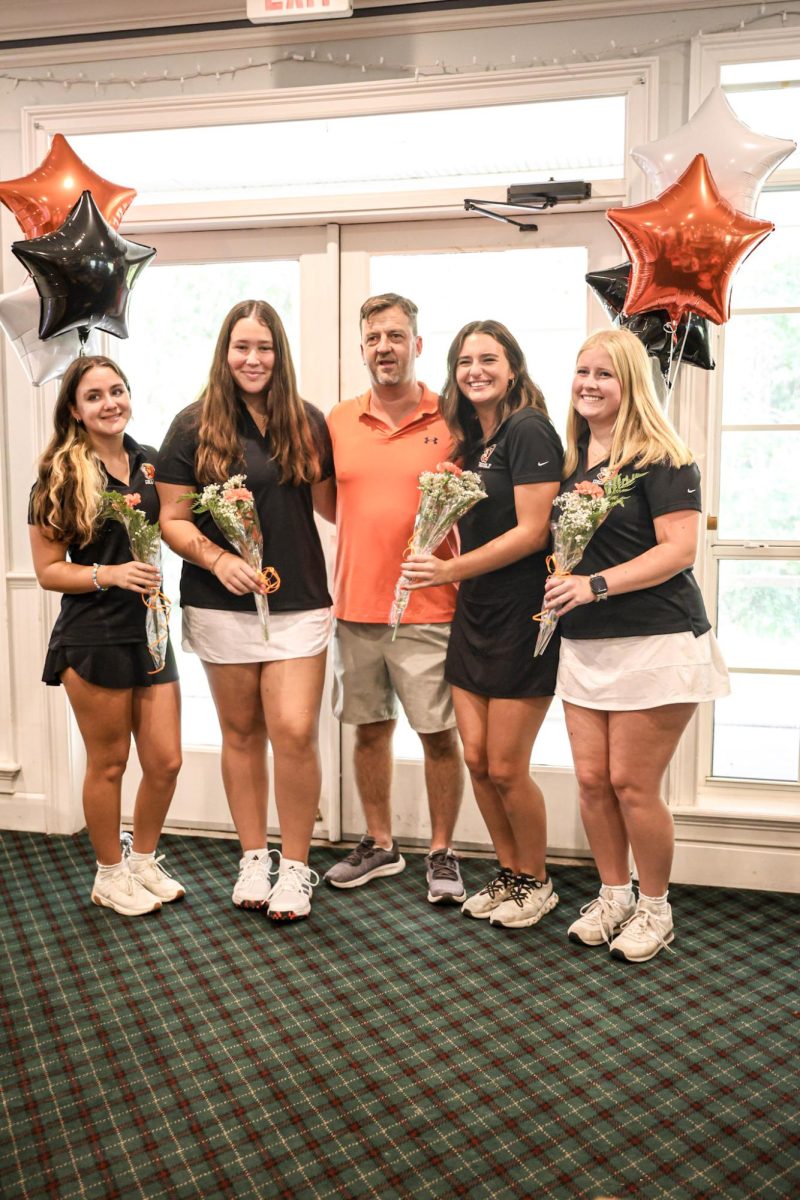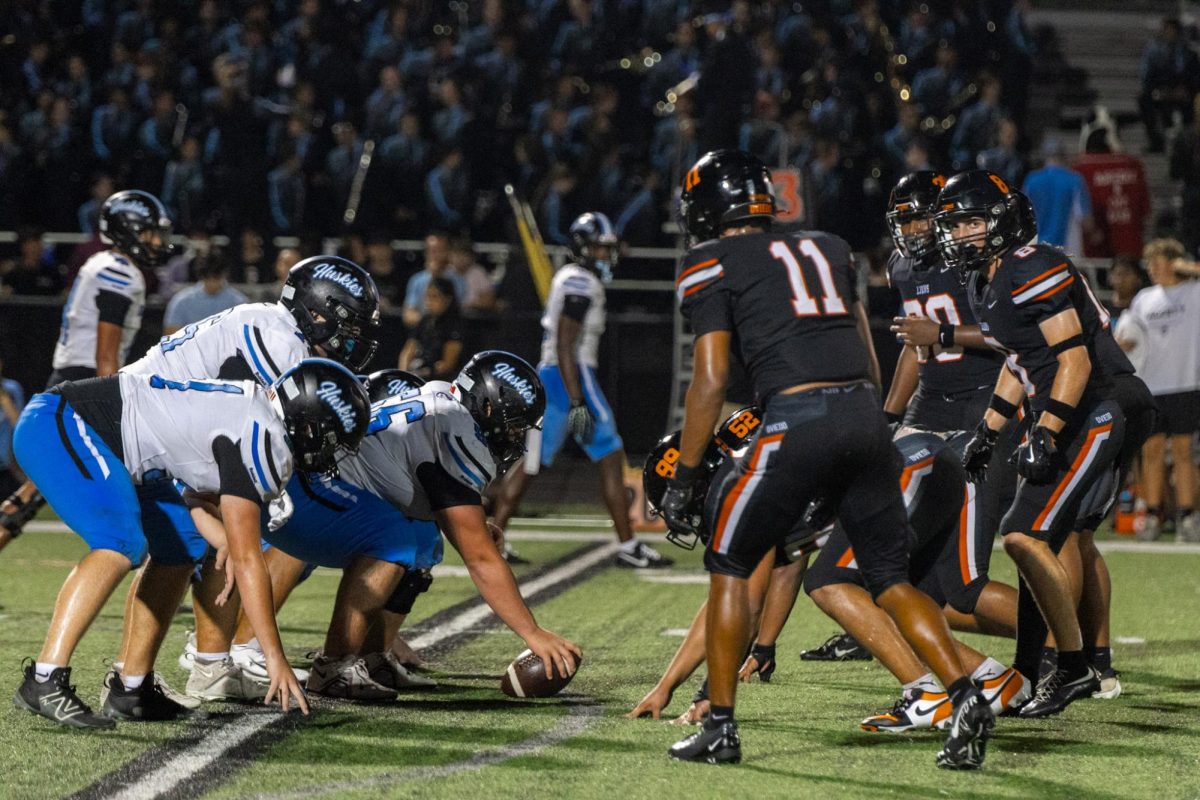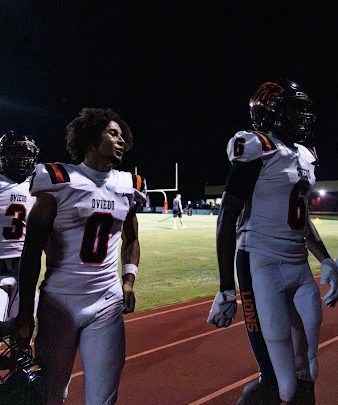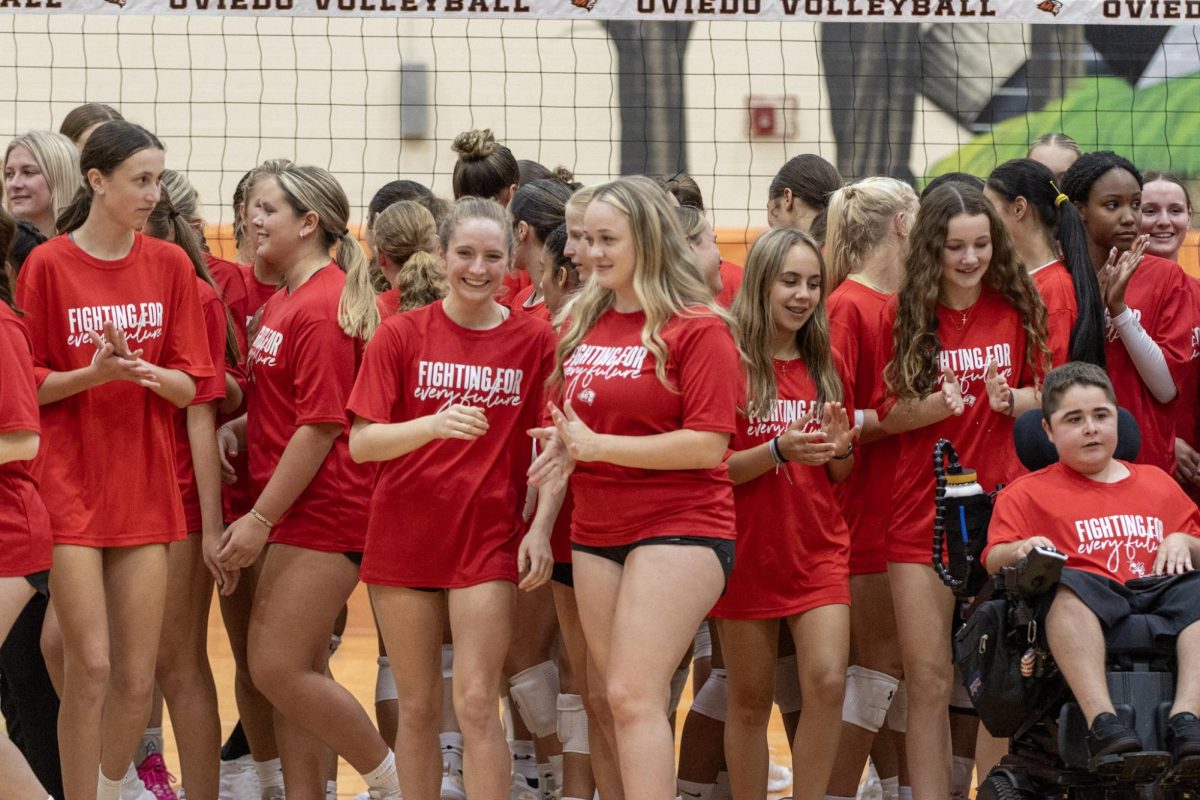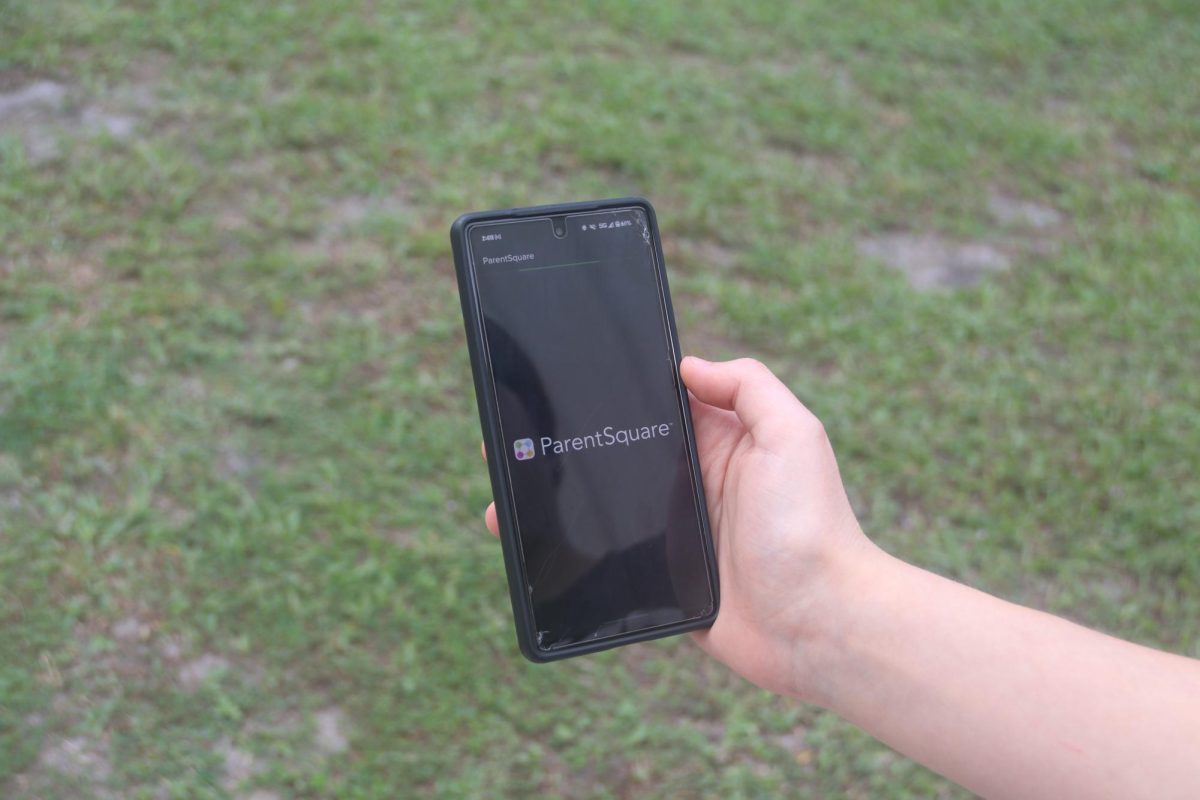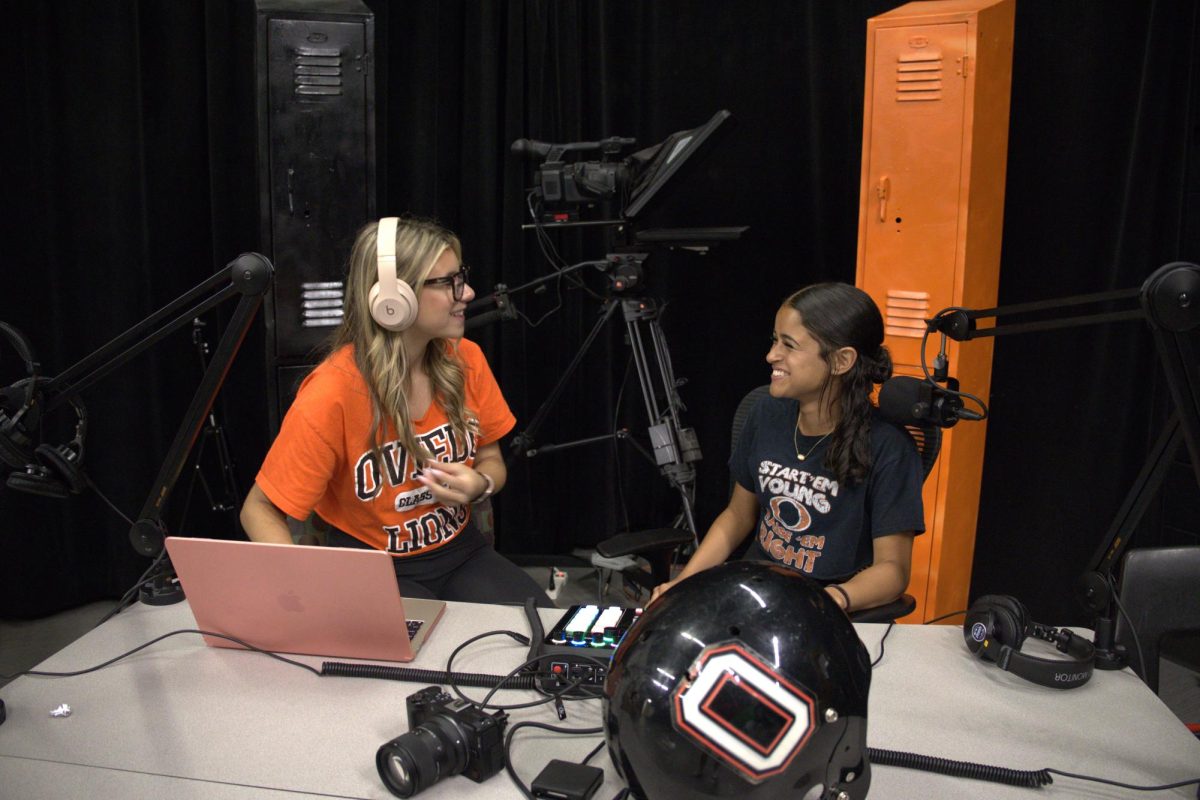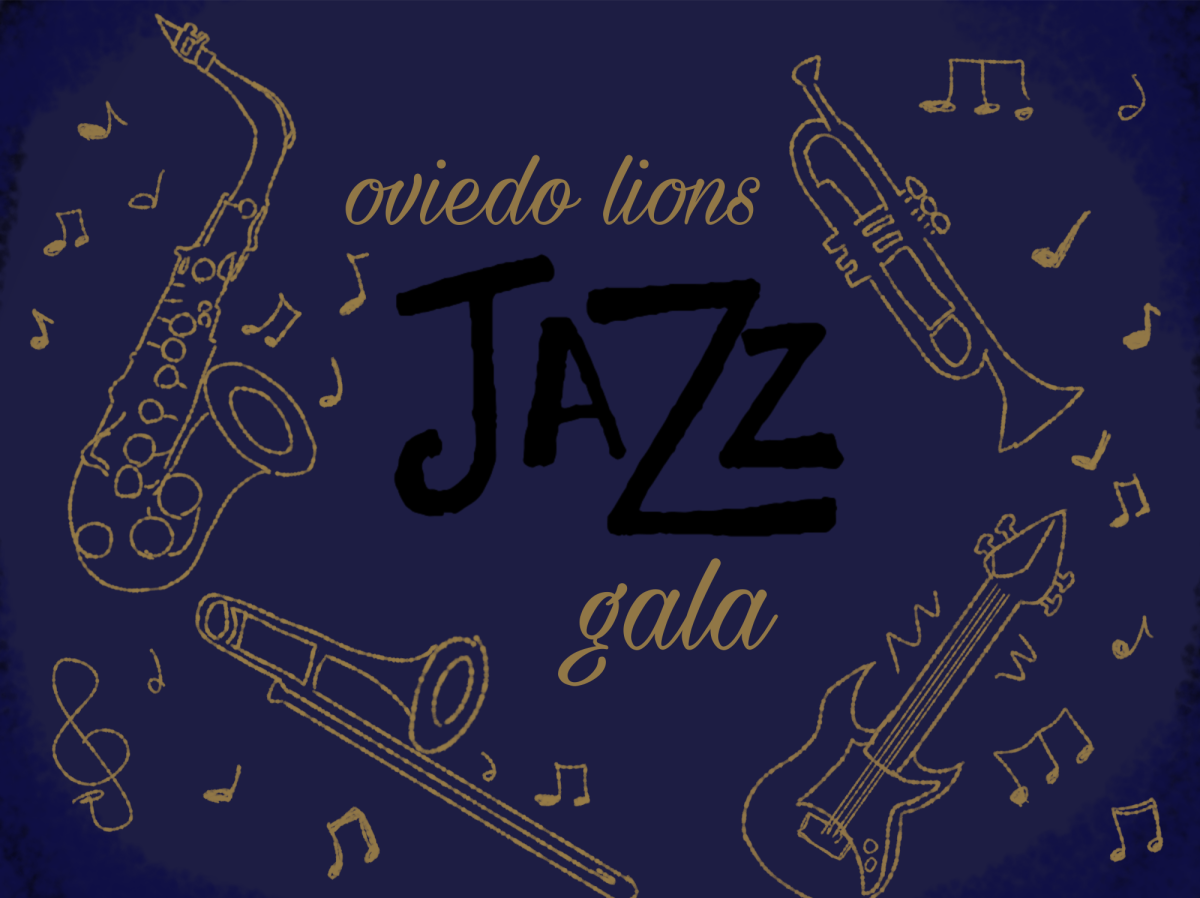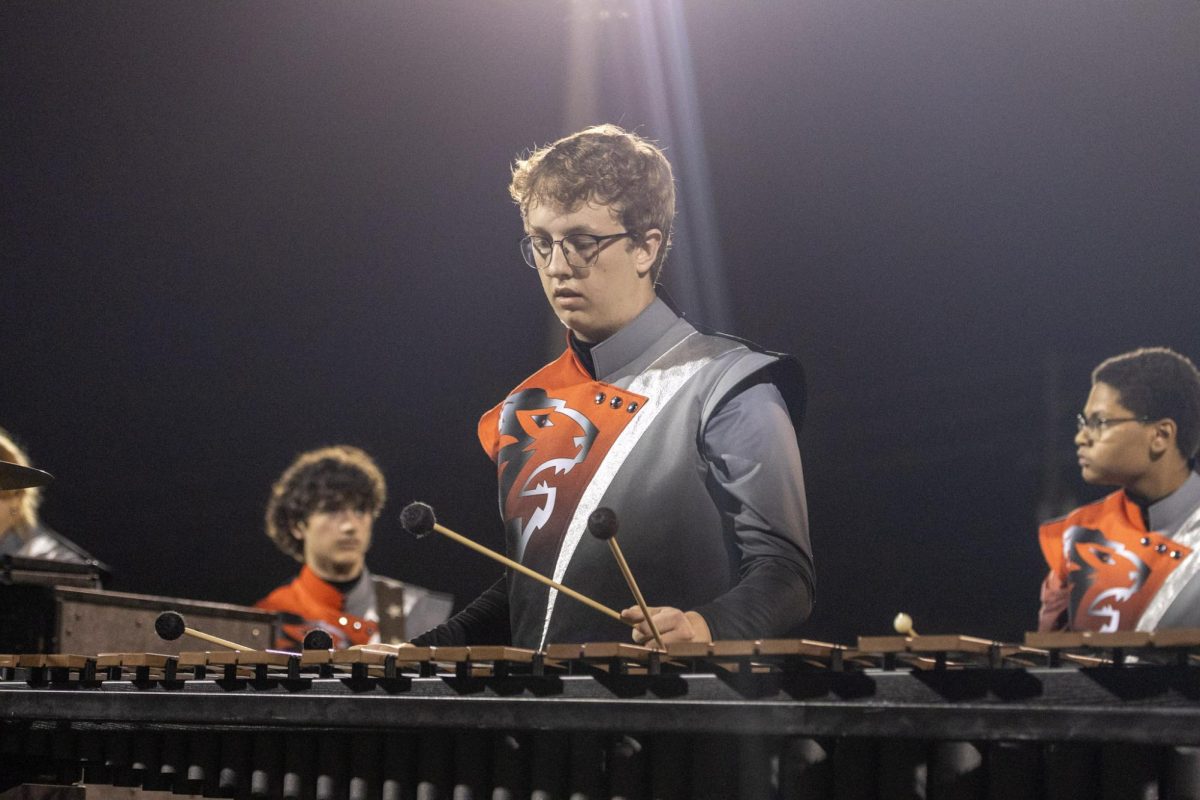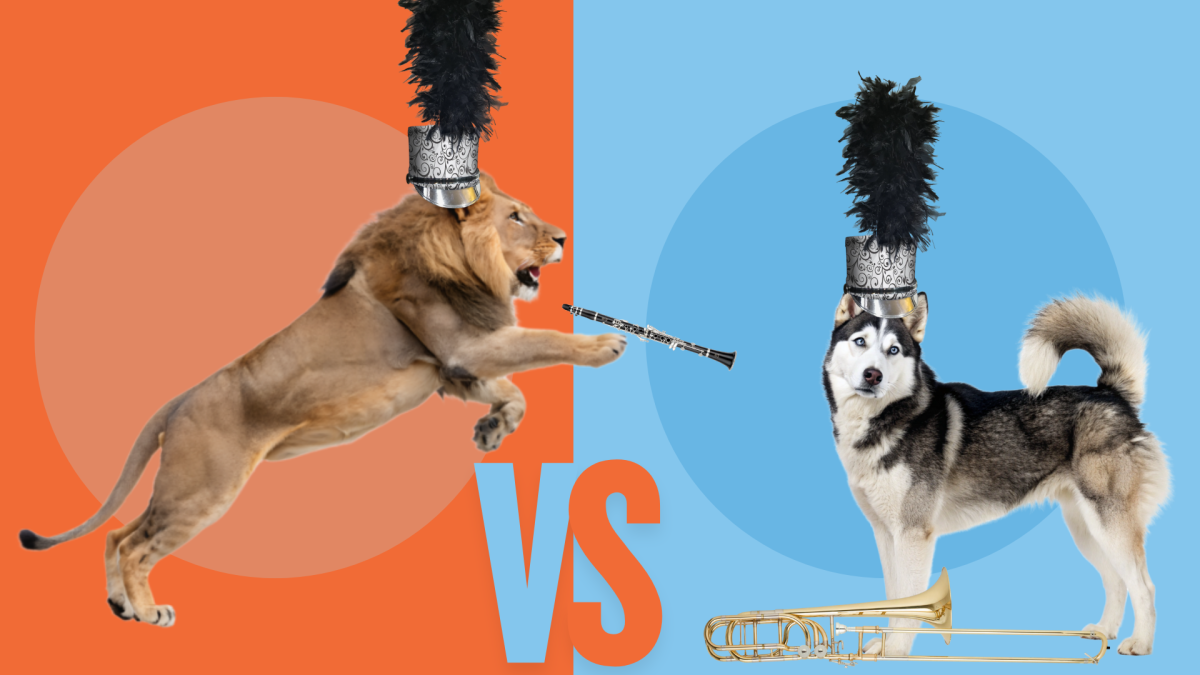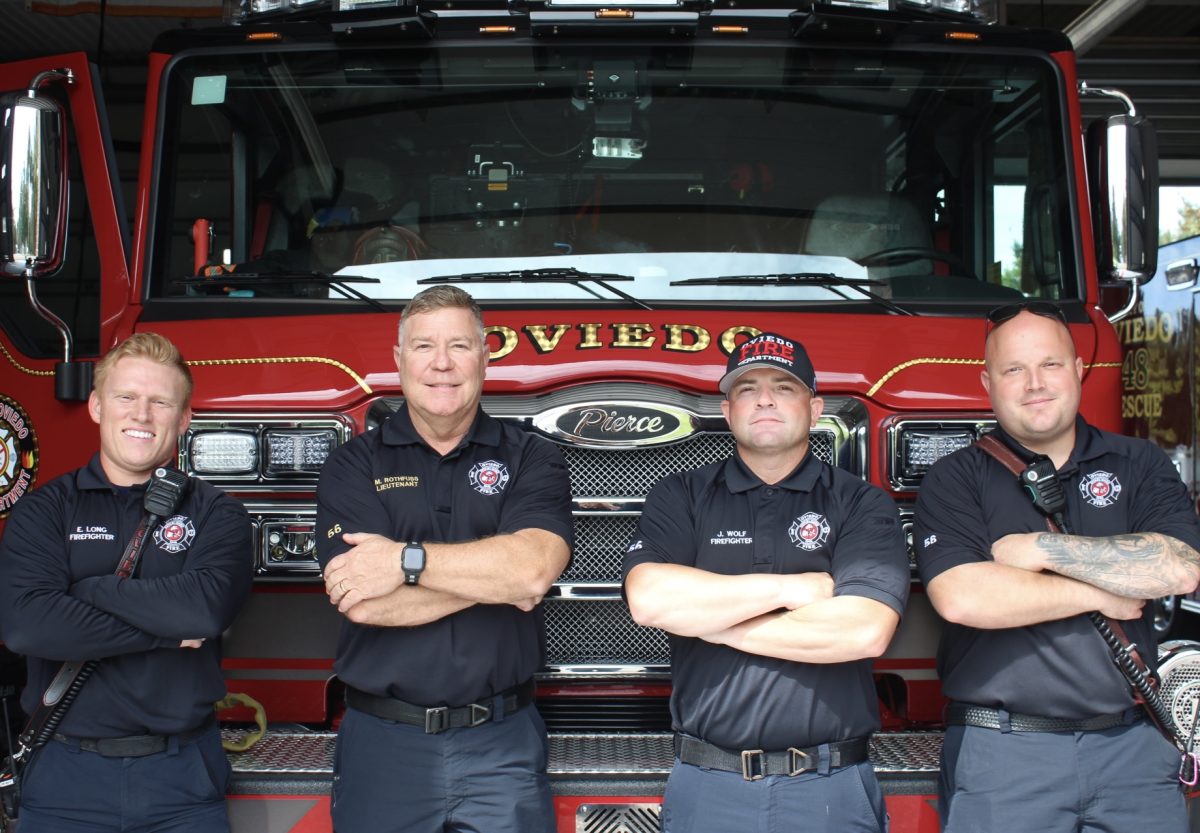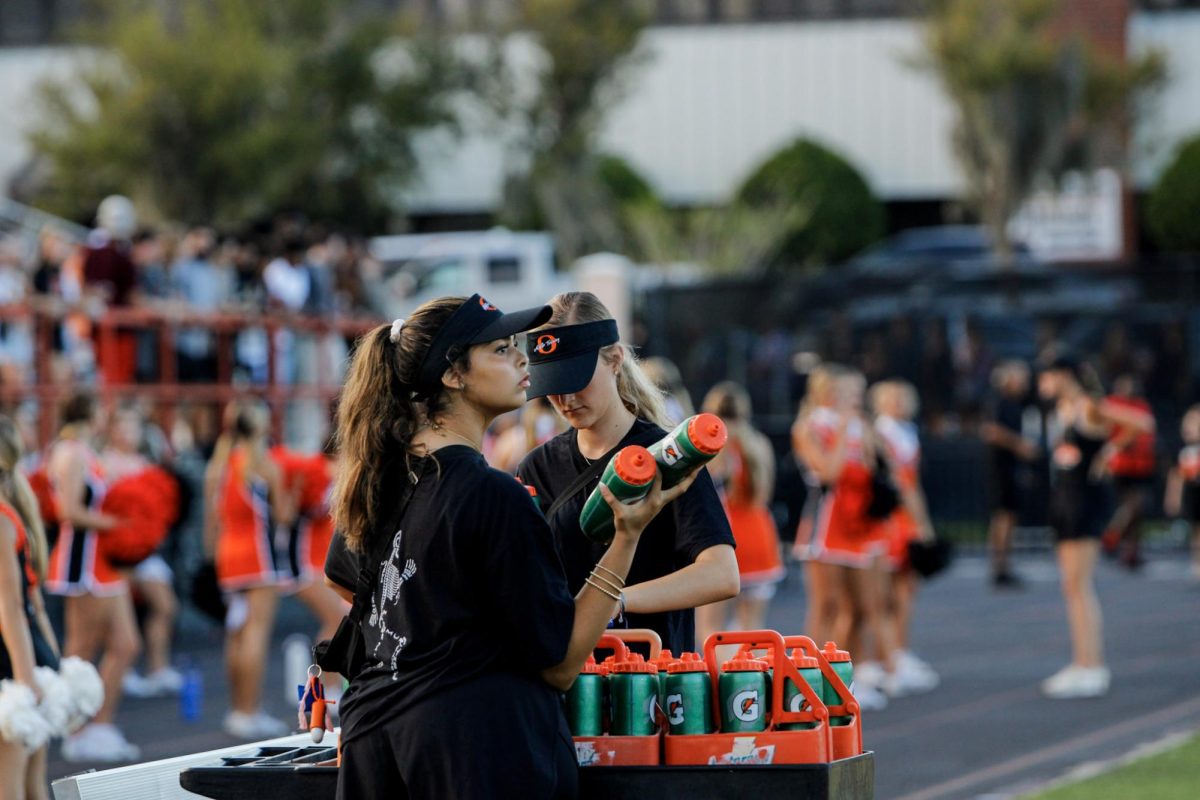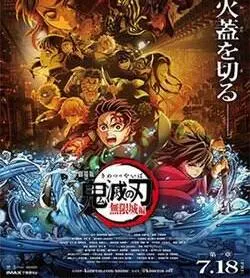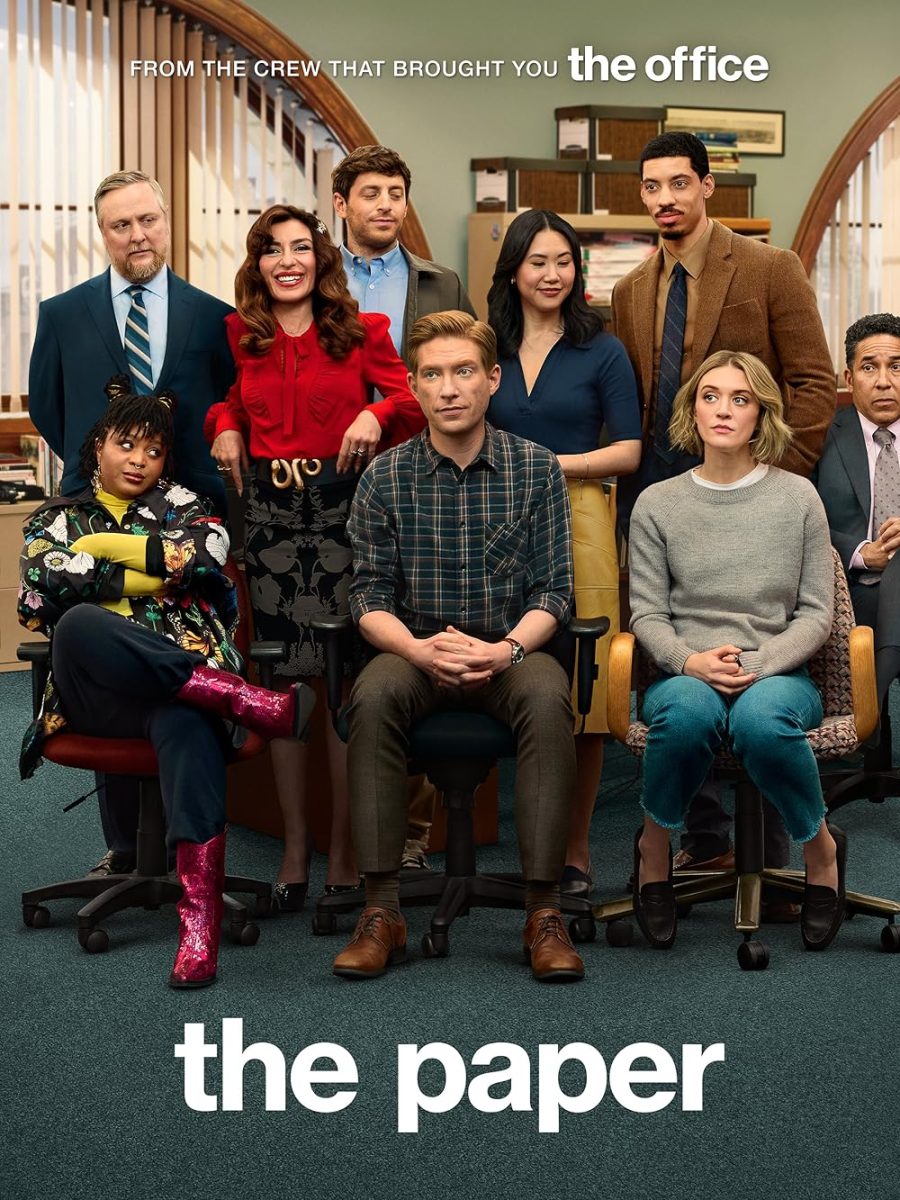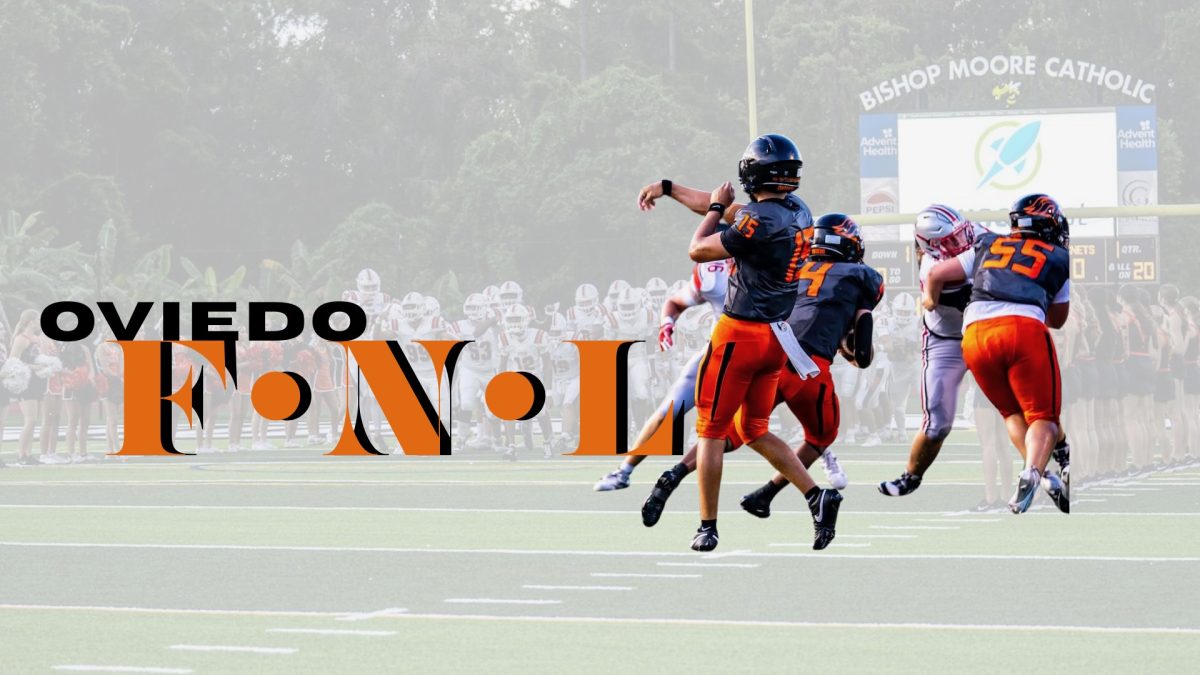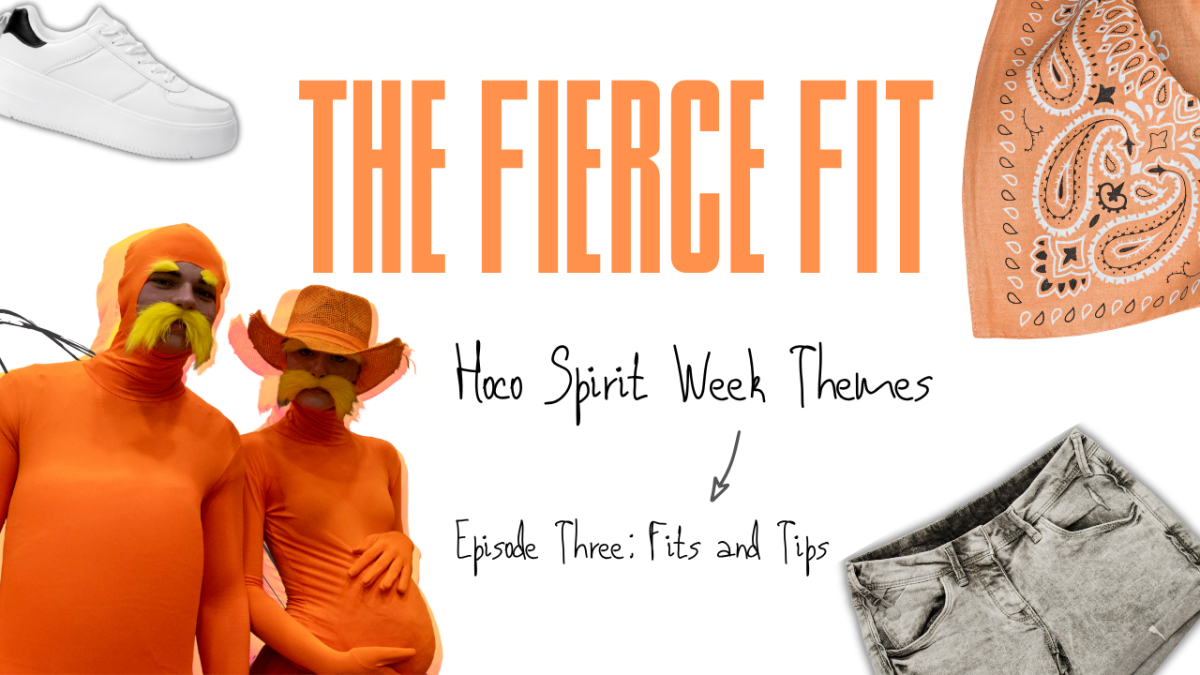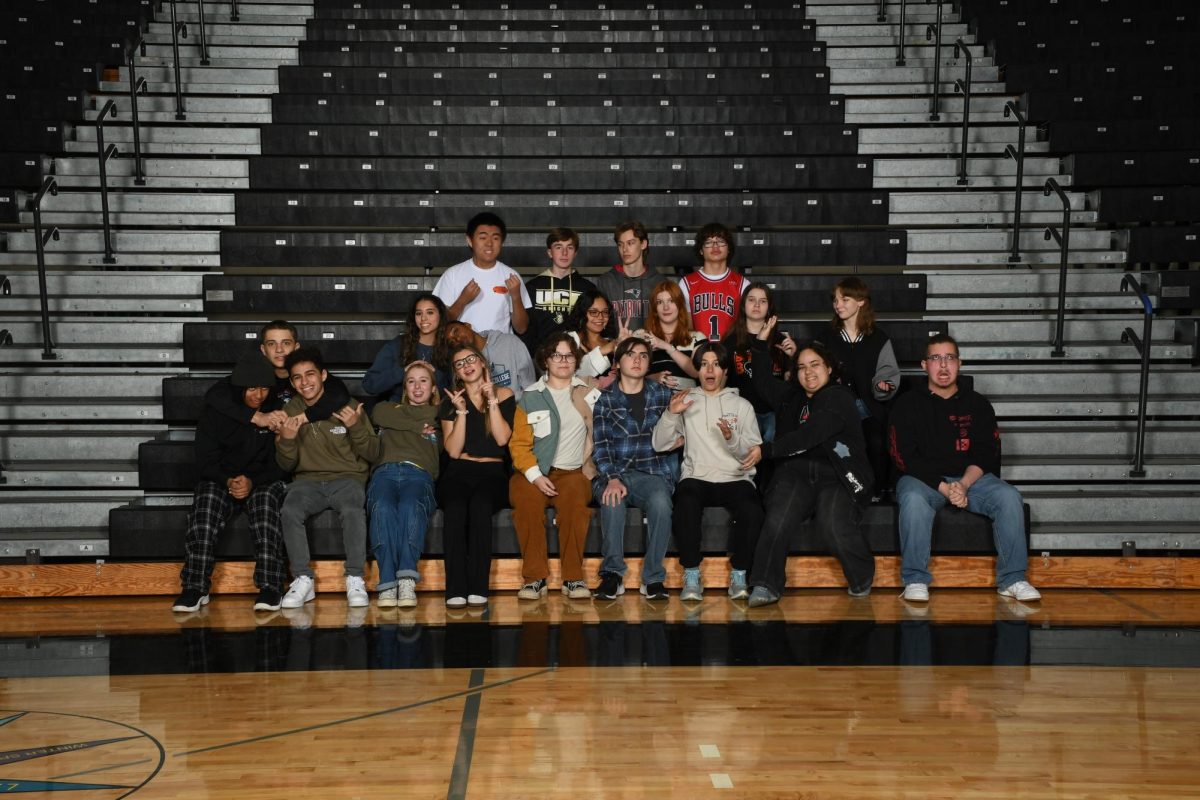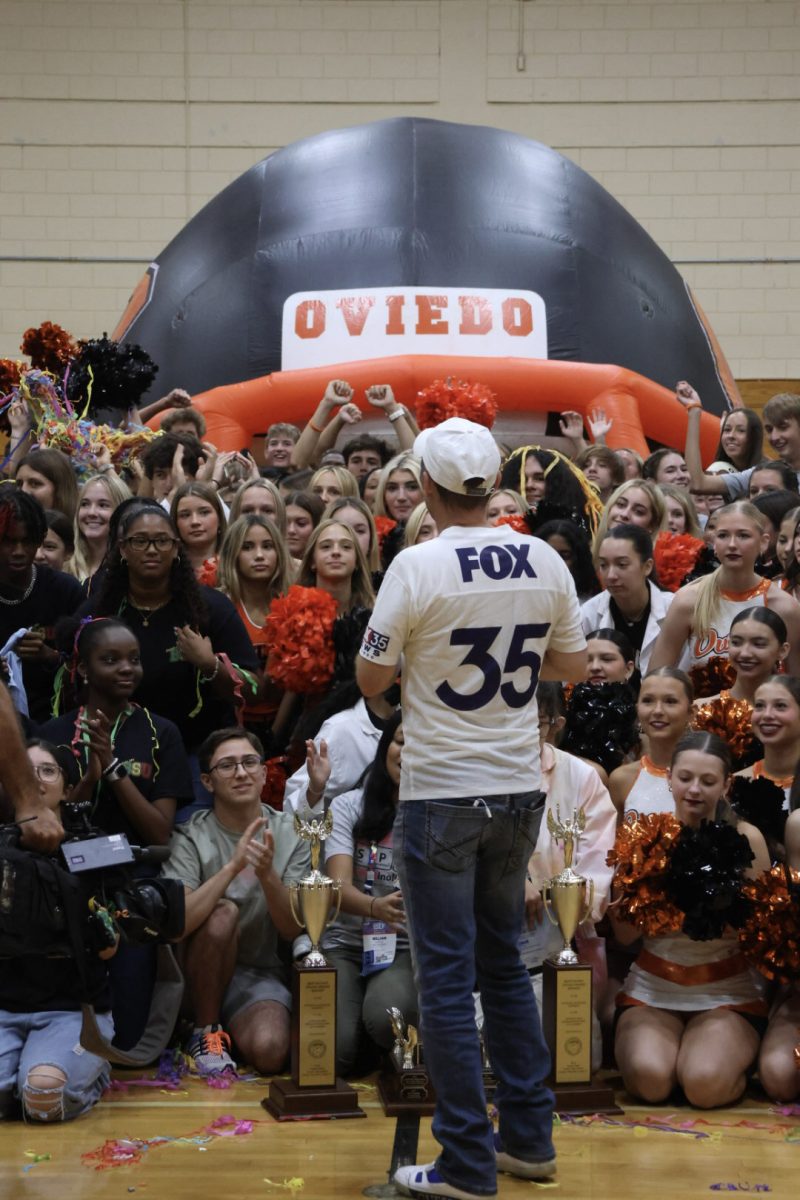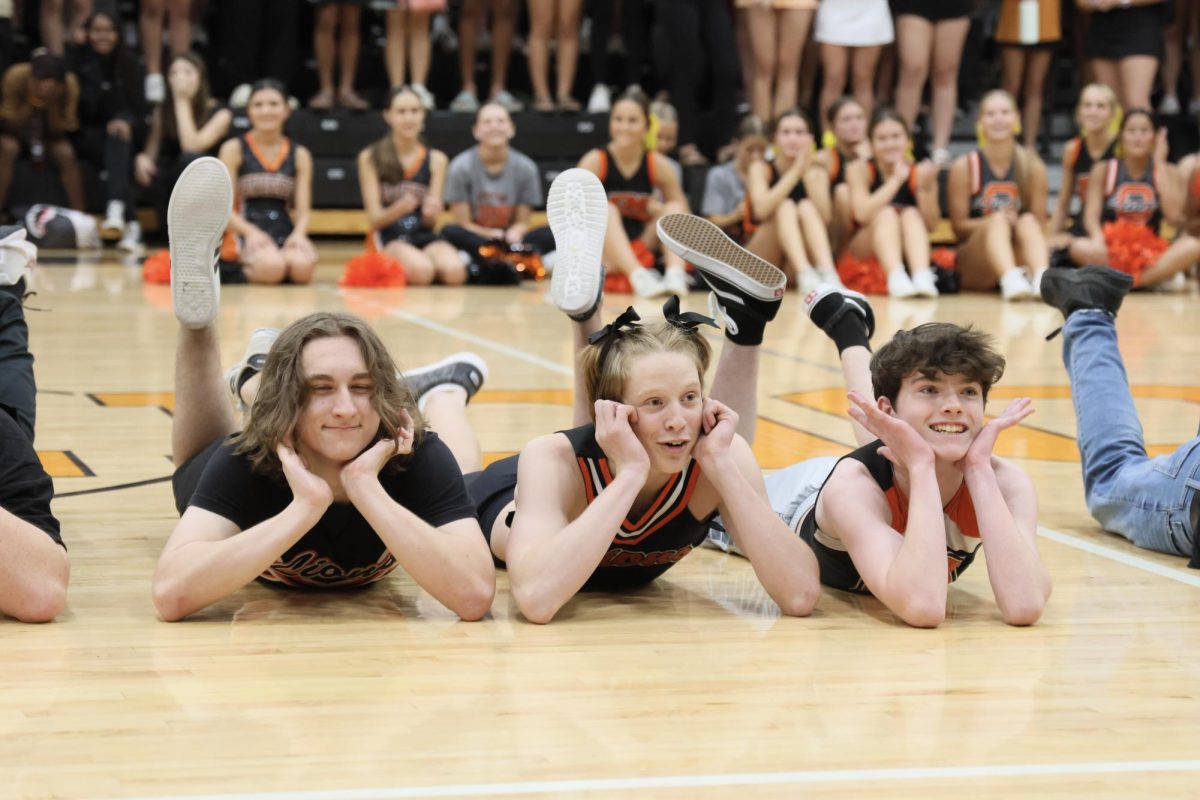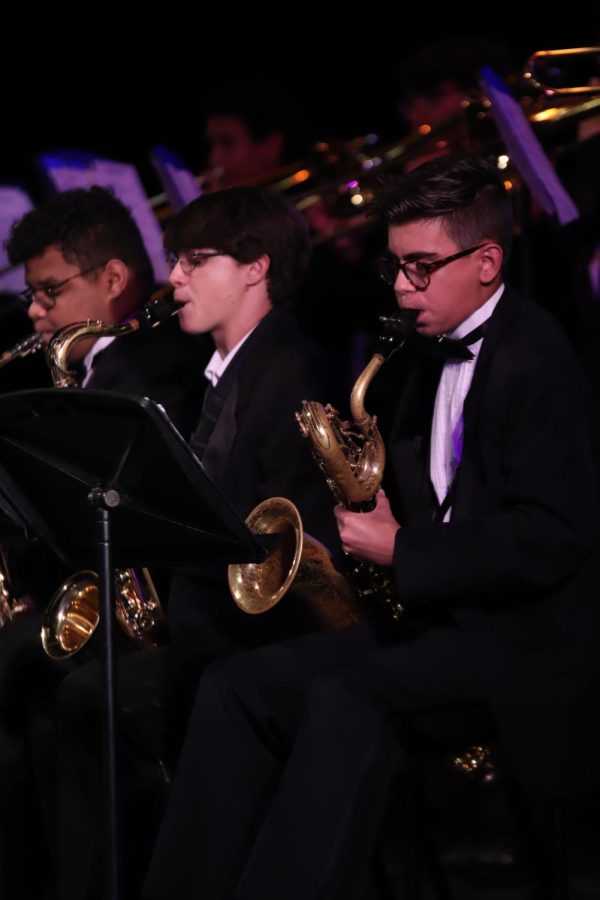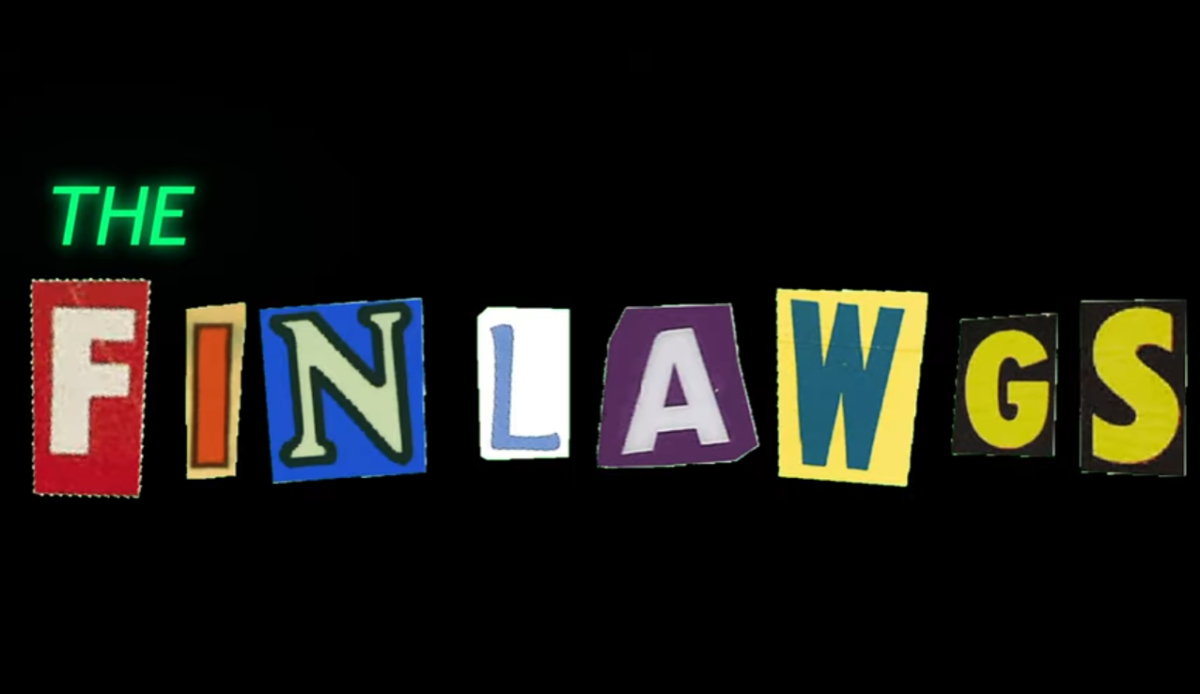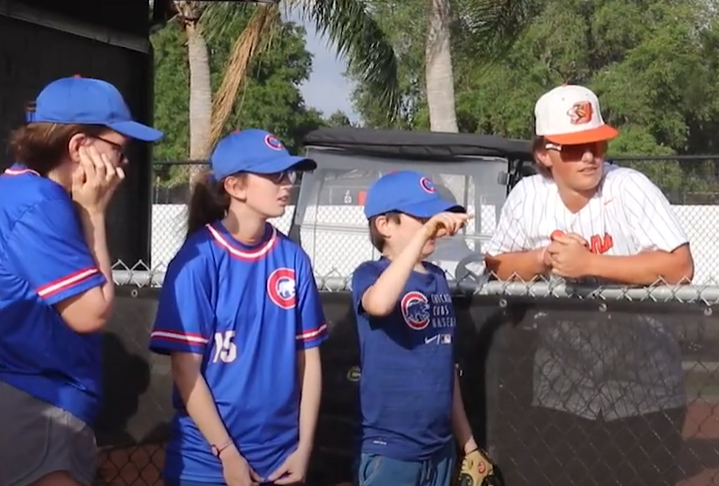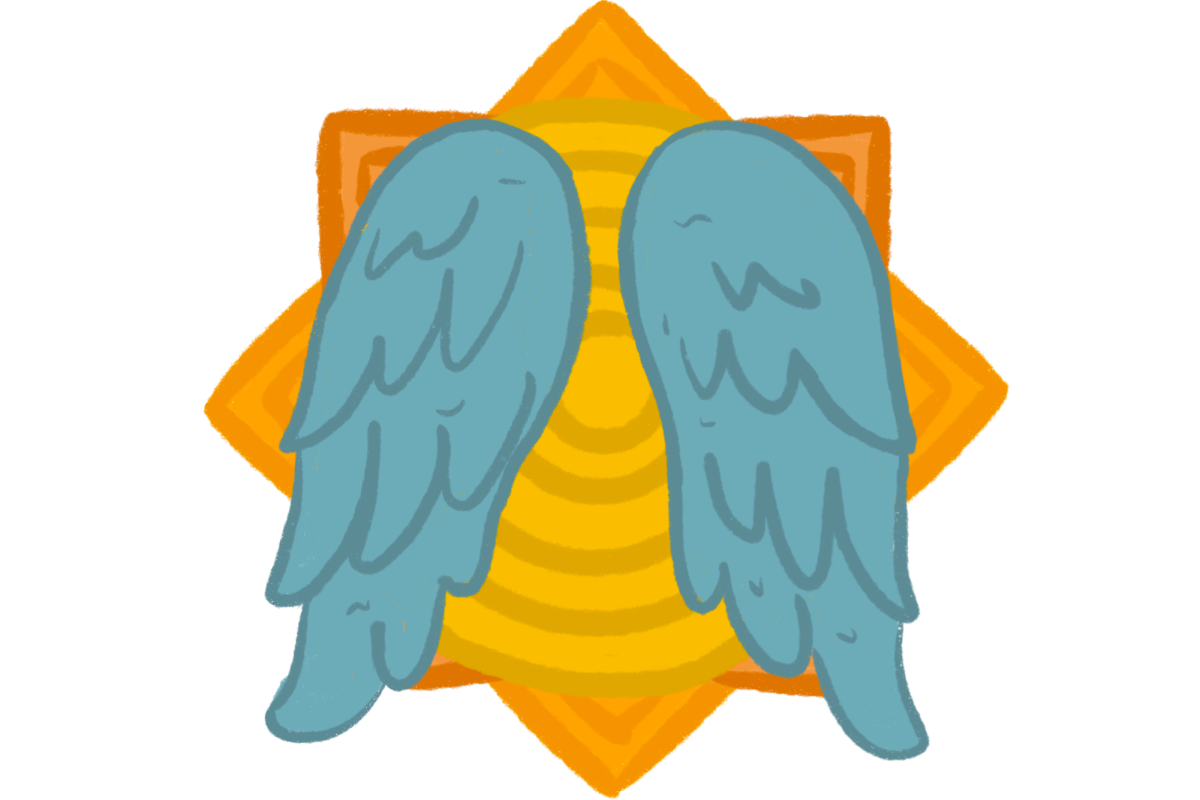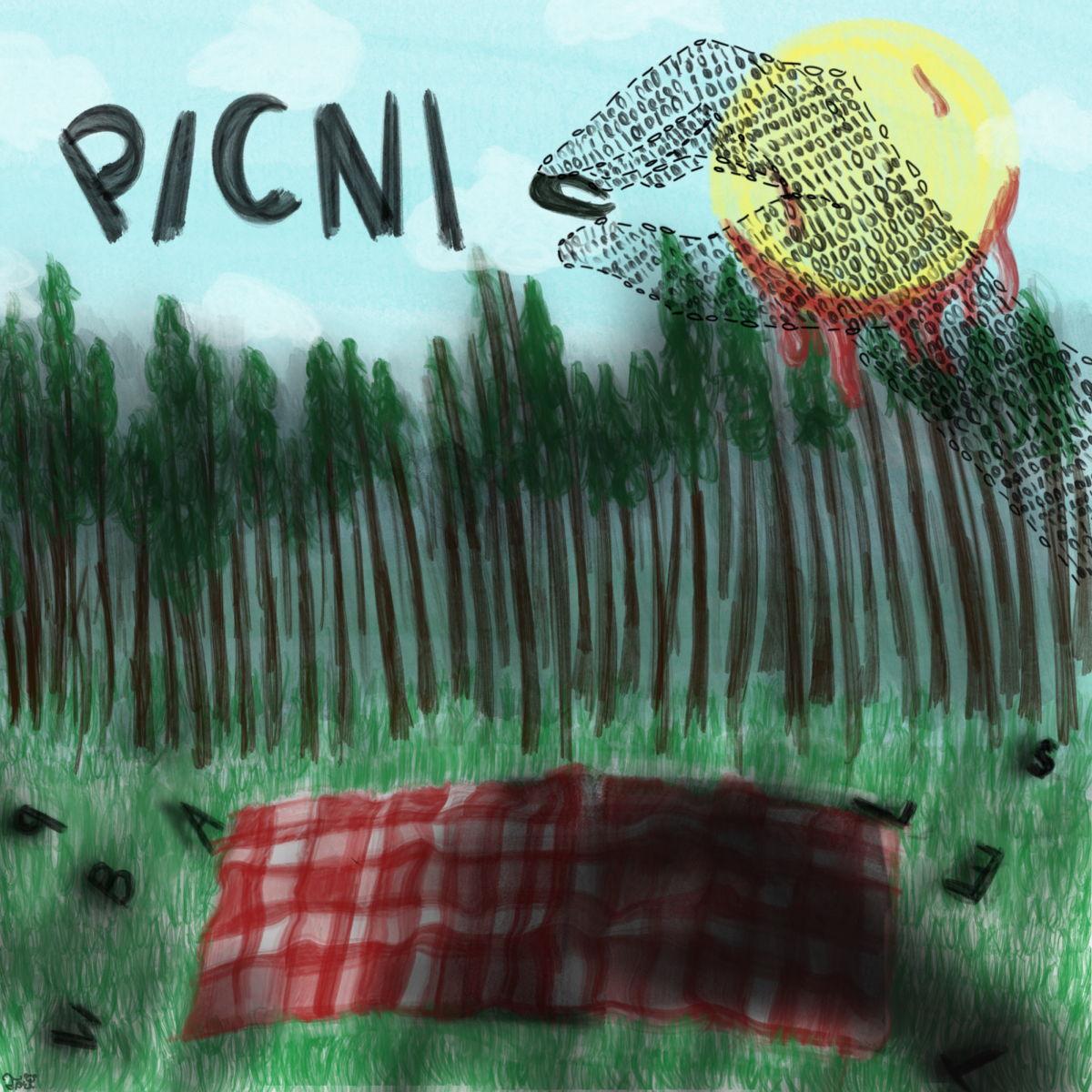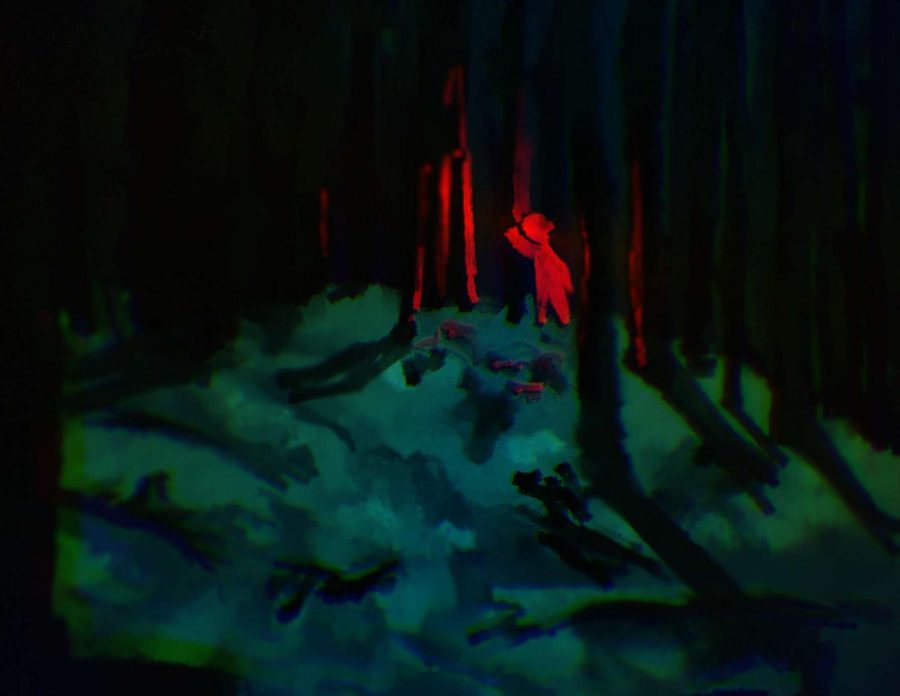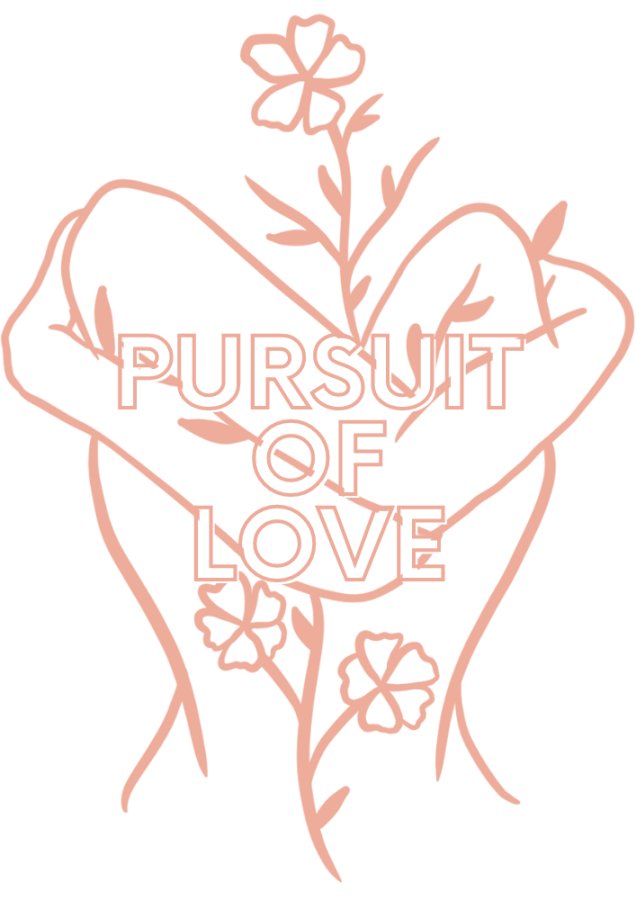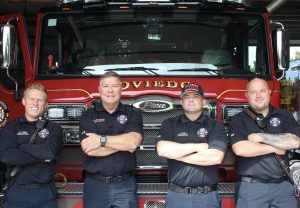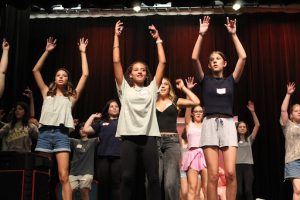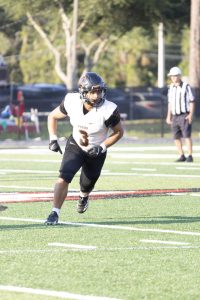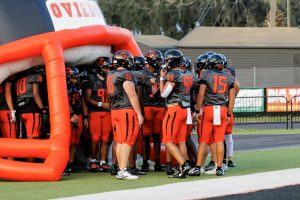Teen researchers aim to fight and diagnose diseases
April 16, 2016
WEB EXCLUSIVE
Computers and biological sciences seem to be a prominent theme among Oviedo High School’s science enthusiasts.
On March 31, 2016, three students swept the competition at the Florida State Engineering and Science Fair. Junior Nikhil Patel claimed Best in Fair and 1st Place in Behavioral Science at the state level with his project, titled, “Craniometrix: Innovations to Fight Alzheimer’s.”
“For four years I’ve been working on creating tools to diagnose conditions like Alzheimer’s 10-20 years earlier than they’re detected now,” N. Patel said. “I’ve developed a comprehensive suite of apps that, together, can inexpensively, non-invasively, and accurately identify cognitive impairment early.”
N. Patel’s family sparked his curiosity about the field of Alzheimer’s research.
“I got the inspiration for my project from my grandmother, who had Alzheimer’s Disease,” N. Patel said. “When she passed away, I committed myself to making sure that no one would ever have to suffer like she did again.”
Coding, according to N. Patel, proved the most difficult and time-consuming element of the project.
“I had a lot of coding as part of my project,” N. Patel said. “I spent hundreds of hours mastering the languages and systems I need to know.”
Sibling competition
Nikhil’s sister, sophomore Sapna Patel, also competed, winning 4th place in Medicine & Health at the state level and 1st at county.
“I built an avatar that can be used to help kids with autism get social skills,” S. Patel said. “It puts them in the role of a caregiver and they learn how to pick up on other’s emotions and how to actively respond to them.”
S. Patel’s experience with special needs children propelled her to brainstorm about the population.
“In seventh grade, I volunteered in a class with ASD students and I saw what they went through on a daily basis,” S. Patel said. “Last year, I built the app. This year, I have been human testing in the ASD classes in Oviedo and in Jackson Heights.”
The results of her experiment are promising for ASD diagnosis.
“It has shown that as the sessions progress, the ASD students get better at recognizing emotions and responding to them,” S. Patel said. “I also did eye tracking before they started testing, after 5 weeks of testing, and then after 10 weeks of testing. I saw that some of them started making a lot more eye contact.”
Her avatar has local practical applications.
“The overall goal of it is supposed to be a diagnostic test for this $120 hour therapy called Avatar Base Therapy at UCF,” S. Patel said. “In one case, a boy named CJ, before therapy, spoke 2-3 phrases, and now he communicates in full sentences. If it is going to work, it is well worth the money.”
Junior Mitchell Hammock earned a 3rd place in Mathematics at State and 1st in county.
“I wrote a program to look at images and see if patients had skin cancer,” Hammock said. “First, I had to do a lot of research. Then, I started writing the program and just did a bunch of optimizing of the program and then testing.”
Hammock aims to analyze other forms of cancer next year.
“I only looked at melanoma, and next year, I want to look at different kinds of cancer,” Hammock said. “I was thinking more types of skin cancer, like basal cell.”
N. Patel plans to further his research and apply his technology directly into the medical field within the next few years.
“At this point, I’ve developed a battery of tests that can identify cognitive impairment early, and my next steps are to take those apps and start getting them into doctor’s offices,” N. Patel said. “From there, it’ll be possible to actually start identifying cognitive impairment in the population and fast-track interventions for those who need treatment.”
N. Patel aspires to major in a field tied to his research.
“Personally, I want to go into the field of computational medicine; melding computer science and medical treatments,” N. Patel said.
Both of the Patels will be competing at ISEF, the Intel International Science and Engineering Fair, on May 8, 2016.

